Homecoming Royalty
By Jim Joanos
In 1947, FSU transitioned from a very fine women’s college into a coeducational university for the future, named, “The Florida State University.” Along with the name change came the addition of intercollegiate men’s athletics including football. Consistent with the changes came the addition of homecoming celebrations. Like the other similar institutions, FSU would celebrate a “homecoming” each year at a specified football game. Alums would congregate annually for a weekend of football which would be presided over by some form of “royalty.” FSU decided to have a student elected by the student body as “Queen of Homecoming.” At Homecoming this year, we will be celebrating the 75th annual homecoming celebration. It seems to be a good idea to learn something about the Royalty of Homecoming at FSU.
When I started researching for information about FSU’s homecoming royalty history, I was often referred to Phil Barco. Phil served as Homecoming Chief in 1975, and apparently knows more about that subject than anyone else. From 1978-83 Phil professionally served the university as Director of Student Activities, Office of the Dean of Students. From 1983 to 1991, he was Associate Director of Alumni Affairs, number two in authority in the alumni office. Phil, as part of his duties, also supervised the selection and organization of the Homecoming Royalty project. In writing this article I have leaned heavily upon what I have learned from Phil.
From 1948-1971, FSU crowned “Homecoming Queens.” The first in 1948, was Clara Moffit Howell (now Moorman) a member of Delta Delta Delta sorority. Clara, now age 94, plans to attend the reunion this year in celebration of 75 years of FSU Homecoming.
Following the homecoming of 1952, something very special occurred. The homecoming queen that year was a very attractive young freshman, Marlies Gessler, who had been sponsored by FSU’s Kappa Alpha Thetas. Marlies was Polish and in her home country during World War II when it was occupied by the German Army. Shortly after that war, as a refugee, she and her mother were able to migrate to the USA where they found their way to Tallahassee and she became an FSU student in 1952. As a freshman, she was selected as homecoming queen. Life Magazine thought enough of the story to select her for the cover picture and a story that appeared in the December 15, 1952 issue of that publication.
From 1948-1971, FSU continued to celebrate queens. The procedure used would start with the dormitories, fraternities and sororities, and other organizations nominating a candidate. From this big list a student vote would select five who would makeup the “court” and be honored at several of the initial homecoming events. At the Pow Wow, the night before the football game the Queen would be announced and presented. The Queen candidates were usually adorned with Indian War Bonnets. Apparently the powers that be were unaware that although quite decorative, feathered war bonnets were of historical consequence for Western Plains Indians, not Seminoles. The next day, during halftime of the football game the Queen would be crowned.
In 1970, FSU elected its first Black Queen, Doby Flowers.
In 1971, conflicting views of the Viet Nam War were causing havoc on college campuses all over the country, as were other social and economic issues. In a couple of years, there would be streaking at FSU. It was a time of controversy and questioning of old traditions.
In 1972, a male student, Ron Shank, ran for queen and won. There would be no ceremony that year or the following, 1973.
In 1974, the Interfraternity Council founded the Homecoming Chief and Princess positions which were titles used for tribal positions of the Seminole Tribe of Florida. Both positions and titles have been used since. The first Homecoming Chief was Steve Lancaster of Lambda Chi Alpha and the First Princess was Julie Sewell of Kappa Alpha Theta.
Since then, the role of the Seminole Tribe of Florida in the “crowning” of the FSU Homecoming Royalty began and has continued to develop. At the ceremonies, several members and officials of the Tribe are involved each year. A Seminole turban is placed upon the head of the Chief and a beaded crown upon the head of the Princess.
Phil Barco, representing Delta Tau Delta, served as Homecoming Chief in 1975.
In 1977, Charlie Crist, was elected Homecoming Chief. He would later serve as Florida’s Governor.
FSU’s first black Chief, Cecil Howard, was elected in 1980. At the same election, a freshman male, William Wade, ran for and won the “Princess” position. Chaos followed. It resulted in a ceremony at the Pow Wow instead of halftime of the homecoming game.
In 1981, the selection and process of election of the Homecoming Royalty passed from the Student Government Alumni Association to the Student Alumni where it exists today. The method of selection-election is used and produces a small group of males and of females make up the Homecoming Court each year. From the Court, the Chief and the Princess are elected. The rules require the Chief to be a male and the Princess a female.
Phil has summarized to me his thoughts on the subject: “The FSU Homecoming Queen, Chief, and Princess tradition has truly evolved over the years. I do think the students who choose to participate in this activity feel great honor as they strive to represent all students at our beloved Florida State University. I am a bit biased but I do think it is a unique, historical and wonderful FSU tradition, quite possibly envied by other colleges and universities.”
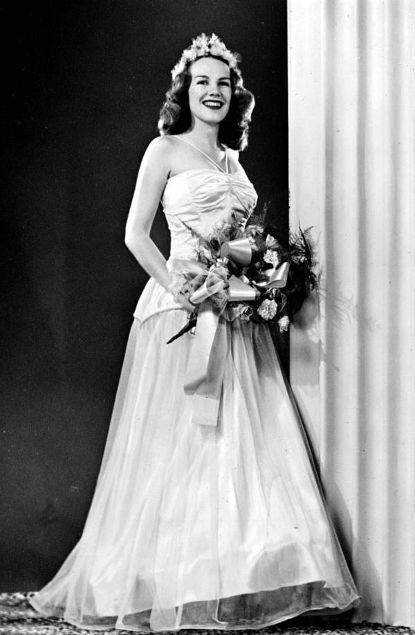 |
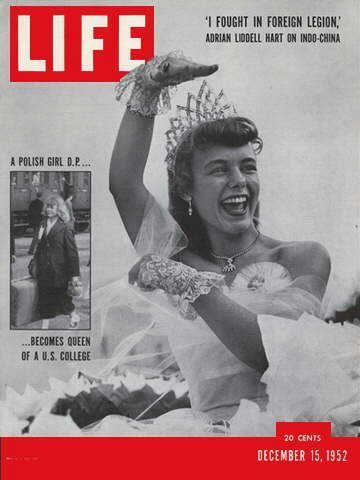 |
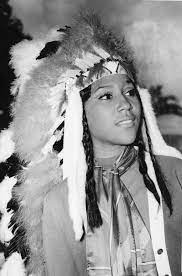 |
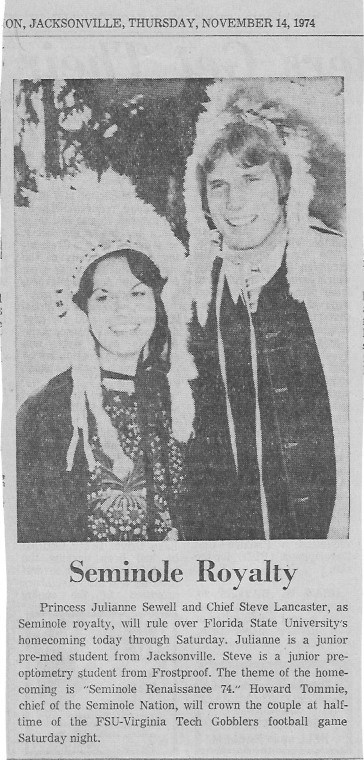 First Chief Steve Lancaster |
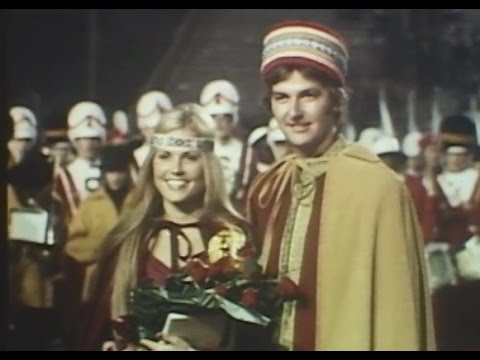 |
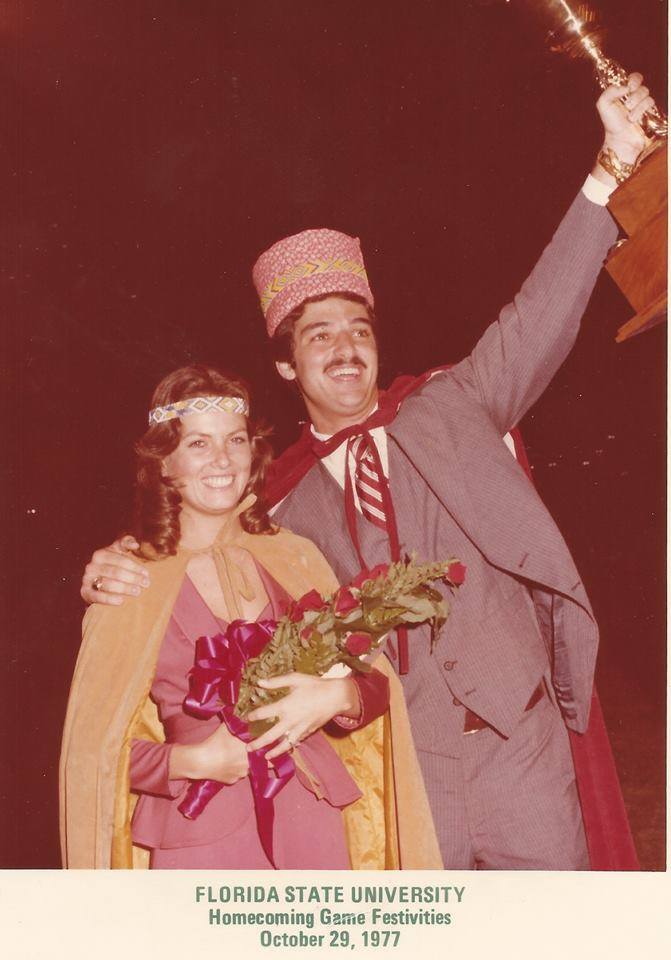 |
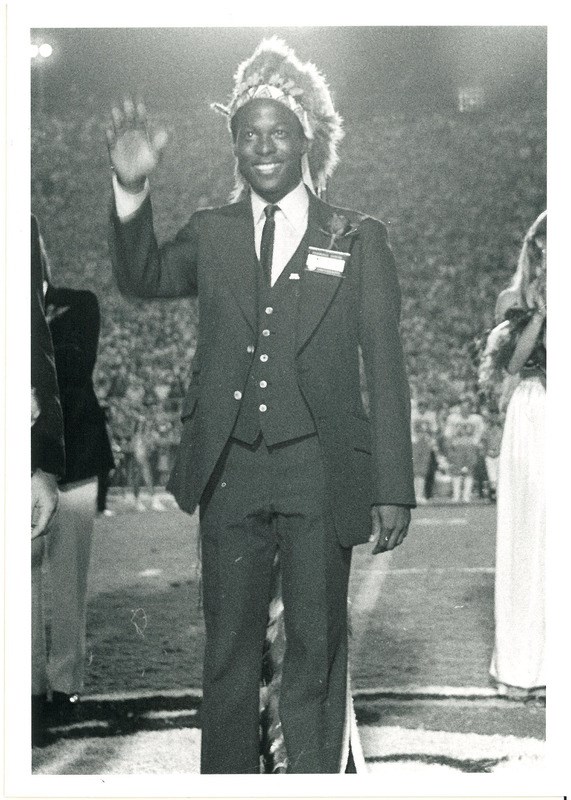 |
About the author:
 |
Jim Joanos |
Memories of Garnet and Gold
Jim Joanos and his wife Betty Lou have deep roots at Florida State University. Avid sports fans, they have literally seen, and done, it all. Fortunately for us, Jim loves telling first-hand accounts dating back to FSU’s first football game, a 1947 clash with the Stetson Hatters on Centennial Field, where Cascades Park is today.
The Osceola will run a series of these colorful stories written by the former Tallahassee lawyer and judge, which we feel our readers will find enlightening and/or nostalgic.
Jim and Betty Lou, who was Associate Director of the FSU Alumni Association (1991-2003), have been married 66 years and are each listed as one of FSU’s 100 Distinguished Graduates. The couple were enshrined in the FSU Hall of Fame in 2015 as Moore-Stone Award Recipients. Ironically, both Deans Moore and Stone were instrumental in the Joanoses career development.
“Both Jim and Betty Lou Joanos have been exemplary fans and supporters of Florida State University, both academically and athletically,” said Andy Miller, retired President and CEO of Seminole Boosters, Inc. “You can’t go to an athletic event of any kind that you don’t see both Jim and Betty Lou Joanos together. They love their university as much as they love each other.”